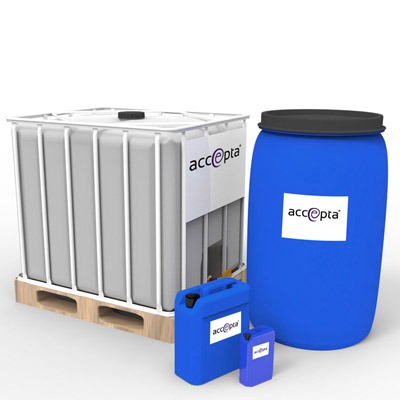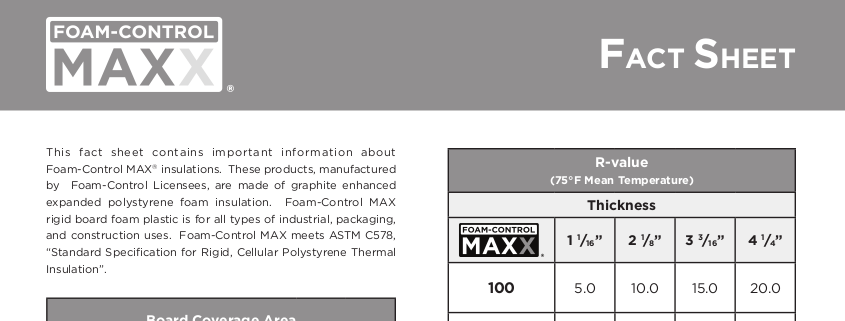Common Difficulties in Foam Control and Exactly How to Get over Them Successfully
Common Difficulties in Foam Control and Exactly How to Get over Them Successfully
Blog Article
Reliable Strategies for Accomplishing Ideal Foam Control in Chemical Production
Efficient foam control is a critical element of chemical production that can dramatically impact production effectiveness and product high quality. By recognizing the mechanisms of foam formation and choosing proper anti-foaming representatives, manufacturers can take proactive actions to reduce extreme foam. In addition, the execution of procedure optimization techniques and advanced monitoring systems plays an important role in preserving ideal operating conditions. Nevertheless, the subtleties of these methods can differ extensively throughout different applications, increasing crucial concerns regarding finest methods and real-world applications that merit additional expedition.
Recognizing Foam Development

Surfactants, or surface-active representatives, minimize the surface stress of the liquid, facilitating bubble security and advertising foam generation. In addition, anxiety or mixing procedures can enhance bubble development, usually aggravating foam issues. The qualities of the fluid tool, consisting of viscosity and thickness, more impact foam behavior; as an example, more thick liquids have a tendency to catch air better, resulting in boosted foam stability.
Comprehending these essential elements of foam development is crucial for reliable foam control in chemical manufacturing. By acknowledging the conditions that advertise foam development, producers can execute targeted techniques to mitigate its damaging impacts, thus maximizing production procedures and ensuring constant item high quality. This fundamental expertise is necessary prior to discovering particular approaches for managing foam in industrial setups.
Choice of Anti-Foaming Agents
When picking anti-foaming agents, it is crucial to consider the details attributes of the chemical procedure and the kind of foam being produced (Foam Control). Numerous factors affect the efficiency of an anti-foaming agent, including its chemical make-up, temperature level stability, and compatibility with various other process materials
Silicone-based anti-foams are extensively used due to their high effectiveness and broad temperature array. They work by lowering surface area stress, permitting the foam bubbles to coalesce and break even more conveniently. They may not be appropriate for all applications, particularly those involving sensitive solutions where silicone contamination is a worry.
On the various other hand, non-silicone agents, such as mineral oils or natural compounds, can be helpful in details situations, specifically when silicone residues are unfavorable. These agents often tend to be much less reliable at greater temperature levels however can offer reliable foam control in other conditions.
Furthermore, comprehending the foam's origin-- whether it arises from oygenation, agitation, or chain reactions-- overviews the option process. Testing under actual operating problems is important to make certain that the selected anti-foaming representative satisfies the distinct demands of the chemical production procedure properly.
Refine Optimization Techniques
Efficient foam control is a crucial aspect of optimizing chemical production procedures. To improve performance and lessen production prices, suppliers must carry out targeted process optimization strategies. One critical method includes readjusting mixing rates and setups. By fine-tuning these specifications, operators can lower disturbance, thus lessening foam development during mixing.
In addition, controlling temperature and pressure within the system can significantly influence foam generation. Reducing the temperature may decrease the volatility of particular parts, bring about lowered foam. Furthermore, maintaining optimum stress degrees helps in alleviating extreme gas launch, which adds to foam stability (Foam Control).
Another reliable technique is the calculated addition of anti-foaming representatives at essential stages of the process. Mindful you could try this out timing and dose can ensure that these agents properly subdue foam without disrupting various other process criteria.
Furthermore, integrating a systematic evaluation of resources buildings can aid recognize naturally frothing substances, enabling preemptive steps. Carrying out routine audits and procedure reviews can disclose ineffectiveness and locations for improvement, allowing constant optimization of foam control strategies.
Tracking and Control Solution
Tracking and control systems play a vital role in maintaining ideal foam management throughout the chemical production process. These systems are crucial for real-time monitoring and change of foam degrees, making certain that manufacturing efficiency is made best use of while lessening disruptions triggered by excessive foam development.
Advanced sensors and instrumentation are employed to detect foam thickness and elevation, supplying vital data that notifies control formulas. This data-driven technique allows for the timely application of antifoaming representatives, ensuring that foam levels continue to be within acceptable restrictions. By integrating surveillance systems with procedure control software application, makers can implement computerized actions to foam changes, lowering the need for manual treatment and boosting operational consistency.
In addition, the assimilation of maker knowing and anticipating analytics right into keeping an eye on systems can assist in aggressive foam management. By analyzing historic foam data and functional specifications, these systems can anticipate foam generation patterns and suggest preemptive steps. Regular calibration and maintenance of tracking devices are necessary to ensure precision and integrity in foam detection.
Inevitably, effective surveillance and control systems are essential for maximizing foam control, promoting safety, and improving general performance in chemical manufacturing settings.

Situation Researches and Finest Practices
Real-world applications of monitoring and control systems highlight the significance of foam administration in chemical production. A notable instance research study includes a large pharmaceutical producer that implemented an automated foam discovery system.
An additional exemplary situation comes from a petrochemical business that took on a mix of antifoam agents and procedure optimization techniques. By examining foam generation patterns, the company tailored its antifoam dosage, leading to a 25% decrease in chemical usage and significant cost savings. This targeted strategy not just lessened foam disturbance however likewise improved the overall stability of the manufacturing process.

Conclusion
To conclude, achieving optimum foam control in chemical production demands a comprehensive approach including the selection of appropriate anti-foaming representatives, implementation of procedure optimization methods, and the assimilation of advanced tracking systems. Normal audits and training even more enhance the efficiency of these methods, cultivating a society of continual improvement. By dealing with foam formation proactively, manufacturers can considerably boost manufacturing performance and product quality, ultimately adding to even more cost-efficient and sustainable procedures.
By recognizing the mechanisms of foam formation and picking appropriate anti-foaming agents, suppliers can take proactive procedures to mitigate extreme foam. The features of the liquid medium, consisting of viscosity and thickness, more influence foam habits; for instance, even more viscous fluids have a tendency to catch air extra efficiently, leading to increased foam stability.
Understanding these basic aspects of foam formation is essential for effective foam a knockout post control in chemical manufacturing. By evaluating historical foam data and functional parameters, these systems can forecast foam generation patterns and suggest preemptive actions. Foam Control. Normal audits of foam control measures guarantee that processes stay enhanced, while promoting a society of aggressive foam monitoring can lead to lasting renovations throughout the production range
Report this page